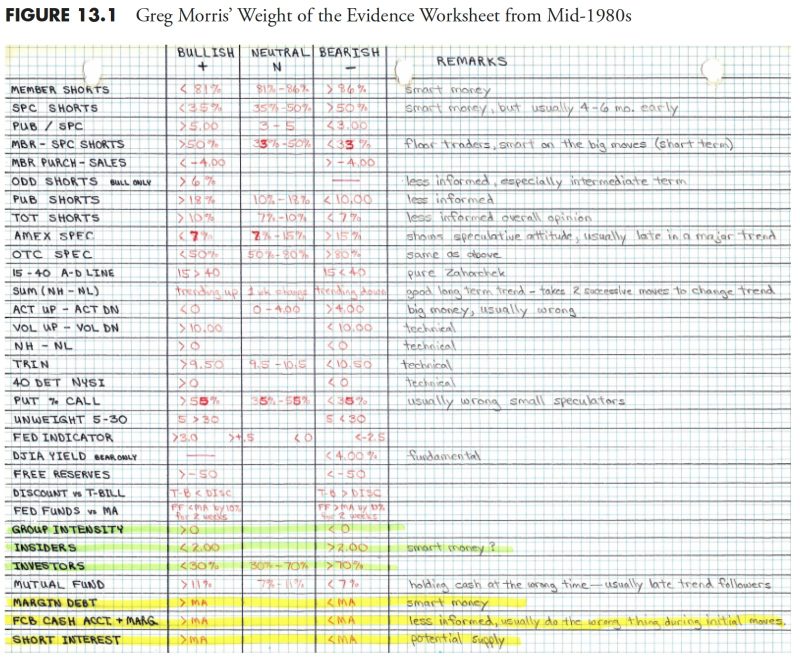In the realm of finance, money management is a critical aspect that can significantly impact investment decisions and portfolio performance. Adopting rules-based money management strategies can help investors navigate the complexities of the market in a disciplined and strategic manner. This article delves into the intricacies of measuring the market within the context of rules-based money management, shedding light on key metrics and techniques that can aid investors in making informed decisions.
One fundamental aspect of measuring the market is understanding market trends. By analyzing historical data and trend patterns, investors can gain insights into the market’s direction and potential future movements. Various technical indicators, such as moving averages and trend lines, can be used to identify market trends and determine the optimal entry and exit points for trades.
Volatility is another crucial factor to consider when measuring the market. Volatility measures the degree of fluctuation in asset prices and reflects the level of uncertainty and risk in the market. By monitoring volatility indicators, investors can gauge the market’s stability and make informed decisions on risk management strategies, such as setting stop-loss orders and position sizing.
In addition to market trends and volatility, investors should also pay attention to market breadth. Market breadth refers to the number of advancing and declining stocks in the market and provides insight into the overall health of the market. By analyzing market breadth indicators, investors can assess the market’s underlying strength and identify potential opportunities or risks.
Furthermore, measuring market sentiment is essential for understanding investor perceptions and sentiments towards the market. Sentiment indicators, such as the put/call ratio and investor surveys, can help investors gauge market sentiment and sentiment extremes, which can signal potential market inflection points. By incorporating sentiment analysis into their decision-making process, investors can better position themselves in the market and anticipate shifts in market dynamics.
Portfolio optimization is another critical component of effective money management. By diversifying investments across different asset classes and sectors, investors can reduce risk and enhance overall portfolio performance. Utilizing portfolio optimization techniques, such as modern portfolio theory and mean-variance analysis, can help investors construct well-balanced and diversified portfolios tailored to their investment objectives and risk tolerance.
In conclusion, measuring the market plays a pivotal role in rules-based money management strategies. By analyzing market trends, volatility, market breadth, sentiment, and optimizing portfolios, investors can make informed decisions and enhance their investment outcomes. With a disciplined and systematic approach to measuring the market, investors can navigate the uncertainties of the market landscape and achieve their financial goals in a strategic and calculated manner.
